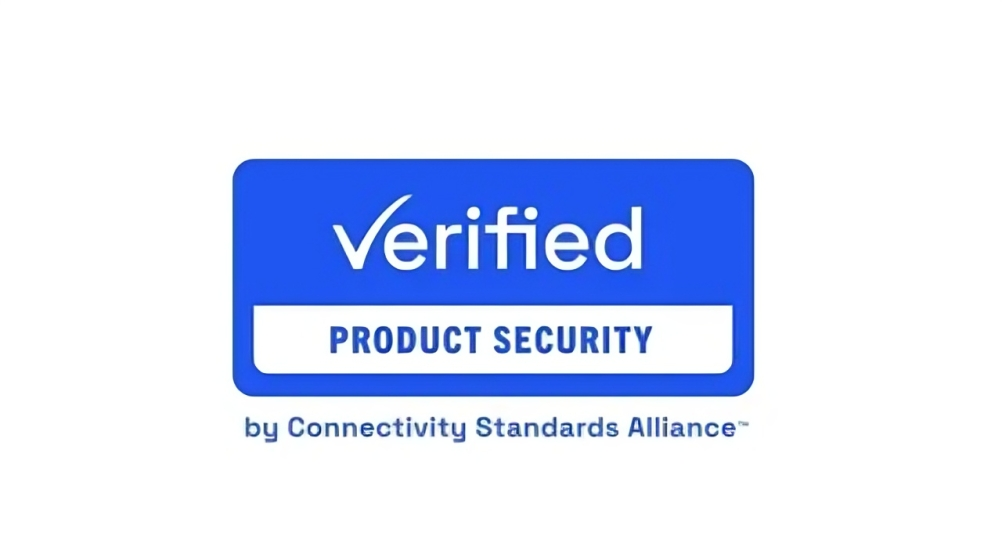The Connectivity Standards Alliance's (CSA) unveiling of the IoT Device Security Specification heralds a pivotal moment in the realm of connected technology. Amidst the proliferation of smart devices permeating modern homes, concerns surrounding cybersecurity have loomed large. Instances of security breaches, data leaks, and privacy infringements have underscored the pressing need for robust measures to safeguard users' digital ecosystems.
Against this backdrop, the CSA's initiative emerges as a beacon of hope, offering a standardized framework to evaluate and certify the security integrity of IoT devices. At its core lies the Product Security Verified (PSV) Mark, a symbol of assurance that signifies adherence to stringent security protocols and best practices. By obtaining this certification, device manufacturers signal their commitment to prioritizing user safety and fortifying their products against malicious threats.
The significance of this endeavor is underscored by the participation of industry giants such as Google, Amazon, and Philips Hue, whose collective expertise and influence lend credence to the initiative. Through collaborative efforts, the CSA aims to establish a globally recognized standard that transcends geographical boundaries, providing consumers worldwide with a universal benchmark for assessing device security.
Central to the IoT Device Security Specification are a set of core requirements designed to address key vulnerabilities and mitigate potential risks. From the elimination of hardcoded default passwords to the implementation of secure communication protocols, each stipulation serves to fortify the device's defenses and enhance its resilience in the face of cyber threats.
However, the journey towards comprehensive IoT security is an ongoing endeavor, characterized by continual evolution and adaptation. While the current iteration of the PSV Mark represents a significant milestone, there remains ample room for refinement and enhancement. As technology evolves and threat landscapes evolve in tandem, it is imperative that industry stakeholders remain vigilant and proactive in addressing emerging challenges.
Moreover, while the focus of the specification is primarily on device security, it is essential to recognize the interconnected nature of security and privacy in the digital landscape. The distinction between device security and data privacy underscores the need for a holistic approach that encompasses both aspects comprehensively.
Looking ahead, the CSA's commitment to regular updates and recertification requirements bodes well for the continued advancement of IoT security. By staying abreast of emerging threats and evolving best practices, the initiative can adapt to meet the dynamic needs of an ever-changing digital ecosystem.
In conclusion, the IoT Device Security Specification represents a pivotal step towards creating a safer and more secure connected environment for users worldwide. By establishing a standardized framework for evaluating device security and fostering transparency within the industry, the initiative lays the groundwork for a future where consumers can confidently embrace the benefits of IoT technology without compromising their security or privacy.
 |
| Connectivity Standards Alliance's (CSA) unveiling of the IoT Device Security Specification |

